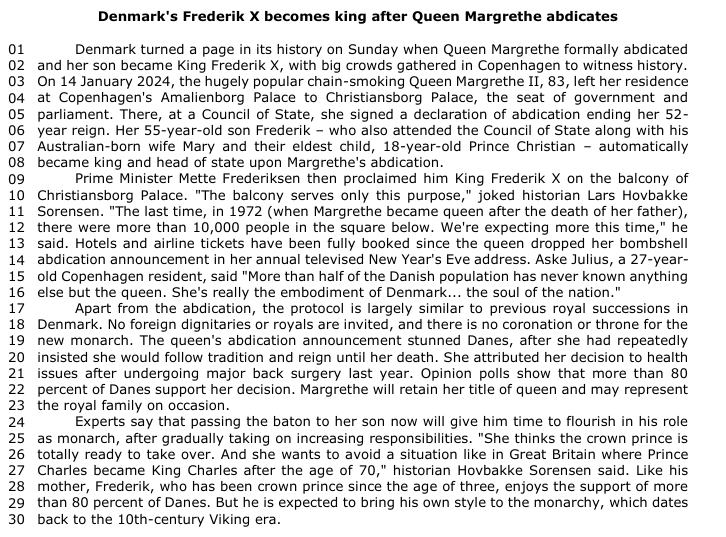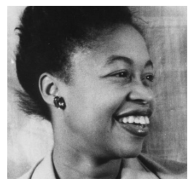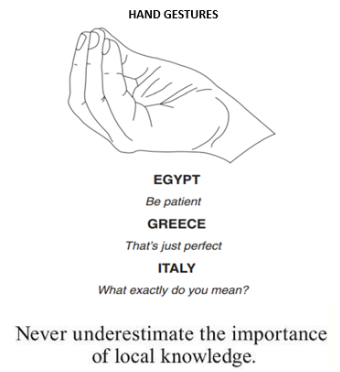Questões de Inglês para Concurso
Foram encontradas 12.328 questões
According to the text, judge the following statement.
Without the impact of low hydropower output, global CO2
emissions from electricity generation would have decreased
in 2023, making the overall rise in energy-related emissions
significantly smaller.
According to the text, judge the following statement.
Global energy-related carbon dioxide (CO2) emissions
increased by a smaller percentage in 2023 compared to 2022.
According to the text, judge the following statement.
The text mentions up to five different sources of energy,
whether they are renewable or not.
According to the text, judge the following statement.
The words ‘shortfall’ and ‘rise’ (in the 2nd paragraph) and
‘declined’ and ‘dropped’ (in the 3rd paragraph) convey the
idea of a decrease or reduction in quantity or level.

(Available in: https://www.france24.com/en/europe/20240114-denmark-s-frederik-x-to-become-king-afterqueen-margrethe-s-abdication – text especially adapted for this test).

(Available in: https://www.france24.com/en/europe/20240114-denmark-s-frederik-x-to-become-king-afterqueen-margrethe-s-abdication – text especially adapted for this test).
Read Text V and answer the six questions that follow it:
Text V

Adapted from: https://donalclancy.files.wordpress.com/2021/07/margaret-walker.jpg

From: https://www.poetryfoundation.org/poems/53463/lineage
Read Text V and answer the six questions that follow it:
Text V

Adapted from: https://donalclancy.files.wordpress.com/2021/07/margaret-walker.jpg

From: https://www.poetryfoundation.org/poems/53463/lineage
The device the first stanza uses for effect is
Read Text V and answer the six questions that follow it:
Text V

Adapted from: https://donalclancy.files.wordpress.com/2021/07/margaret-walker.jpg

From: https://www.poetryfoundation.org/poems/53463/lineage
The poet’s view of her grandmothers is one of
Read Text V and answer the six questions that follow it:
Text V

Adapted from: https://donalclancy.files.wordpress.com/2021/07/margaret-walker.jpg

From: https://www.poetryfoundation.org/poems/53463/lineage
Analyse the assertions below based on the poem:
I. The poet reflects on her ancestors’ attitude towards life.
II. The first stanza can be used as an example of resilience.
III. The poem focuses on the problem of religious difference.
Choose the correct answer:
Read Text IV and answer the three questions that follow it:
Text IV

Adapted from: https://www.facebook.com/photo/?fbid=1294646317355834&set
=a.915379355282534
The function of “really” in “Do you really split bills [..]” is to
Read Text IV and answer the three questions that follow it:
Text IV

Adapted from: https://www.facebook.com/photo/?fbid=1294646317355834&set
=a.915379355282534
The aim of this comic strip is to
Read Text III and answer the three questions that follow it:

Adapted from: https://www.linkedin.com/pulse
/hand-gestures-%C5%BEeljko-kraljevi%C4%87/ and
https://i.pinimg.com/originals/ed/80/ae/ed80ae85f4ae55dd248a8b9eb18c73db.jpeg
The word “underestimate” is formed by
Read text II and answer the four questions that follow it:
Text II

Adapted from: https://br.pinterest.com/pin/428897564482393461/
Based on Text II, mark the statements below as TRUE (T) or FALSE
(F).
( ) Close-minded people tend to back new ideas and
perspectives.
( ) Developing diversity awareness compensates the time and
effort spent.
( ) People should avoid bringing up discussions about diversity.
The statements are, respectively,
Read Text I and answer the fourteen questions that follow it
Text I The “literacy turn” in education: reexamining
what it means to be literate
In response to the phenomena of mass migration and the emergence of digital communications media that defined the last decade of the 20th century, the New London Group (NLG) called for a broader view of literacy and literacy teaching in its 1996 manifesto, A Pedagogy of Multiliteracies: Designing Social Futures. The group argued that literacy pedagogy in education must (1) reflect the increasing cultural and linguistic diversity of the contemporary globalized world, and (2) account for the new kinds of texts and textual engagement that have emerged in the wake of new information and multimedia technologies. In order to better capture the plurality of discourses, languages, and media, they proposed the term ‘multiliteracies’.
Within the NLG’s pedagogy of multiliteracies, language and
other modes of communication are viewed as dynamic resources
for meaning making that undergo constant changes in the
dynamics of language use as learners attempt to achieve their
own purposes. Within this broader view of literacy and literacy
teaching, learners are no longer “users as decoders of language”
but rather “designers of meaning.” Meaning is not viewed as
something that resides in texts; rather, deriving meaning is
considered an active and dynamic process in which learners
combine and creatively apply both linguistic and other semiotic
resources (e.g., visual, gesture, sound, etc.) with an awareness of
“the sets of conventions connected with semiotic activity [...] in a
given social space” (NLG, 1996, p. 74).
Grounded within the view that learning develops in social,
cultural, and material contexts as a result of collaborative
interactions, NLG argued that instantiating literacy-based
teaching in classrooms calls on the complex integration and
interaction of four pedagogical components that are neither
hierarchical nor linear and can at times overlap: situated practice,
overt instruction, critical framing, and transformed practice. […]
Although the NLG’s pedagogy of multiliteracies was
conceived as a “statement of general principle” (1996, p. 89) for
schools, the group’s call for educators to recognize the diversity
and social situatedness of literacy has had a lasting impact on
foreign language (FL) teaching and learning. The reception of the
group’s work along with that of other scholars from critical
pedagogy appeared at a time when the field was becoming less
solidly anchored in theories of L2 acquisition and more interested
in the social practice of FL education itself. In the section that
follows, we describe the current state of FL literacy studies as it
has developed in recent years, before finally turning to some very
recent emerging trends that we are likely to see develop going
forward.
(Adapted from: https://www.colorado.edu/center/altec/sites/default/files/ attachedfiles/moving_toward_multiliteracies_in_foreign_language_teaching.pdf)